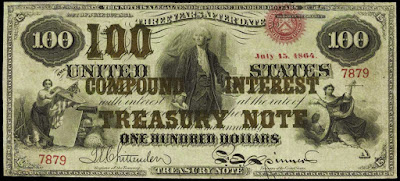 Buffett speaking in IndiaIn a recent post I referenced the Credit Suisse report
Buffett speaking in IndiaIn a recent post I referenced the Credit Suisse report that argues quite reasonably that long-term bonds are unlikely to be a good investment going forward. Of course, if you believe in efficient markets the prices of long-term bonds should already reflect that interest rates will rise in the future and, therefore, buying long-term bonds now should still be an OK investment. US short-term government bond interest rates remain near zero, but interest rates on 30 year bonds have risen significantly since the depths of the financial crisis:

History suggests though that the adjustment is insufficient. The Credit Suisse Report shows that there are long periods where bonds do not beat inflation in most countries with the partial exception of Switzerland. Now
Warren Buffett warns against owning long-term US government bonds. His concern is both that inflation will reduce the real value of the bonds and that the dollar will fall in value against other currencies due to inflation in the US. It's hard to imagine the US Dollar falling in value a lot against the Euro, Pound, or Australian Dollar given how cheap things are in America but against developing country currencies such as the RMB that is possible.
My mother has a short-term USD bond fund and a longer-term Sterling related bond fund. We do want to reduce both of these and especially the latter. Snork Maiden and I have a variety of exposures to bonds though the total is only a small apart of our portfolio. The exposure is only 5.7% of net worth in total. The most significant types of bonds are Australian fixed interest and US corporate and mortgage related bonds. The latter are the main holdings of the CREF bond market fund, which did surprisingly well through the financial crisis (we should have had more of it):

This small level of exposure should be safe I think and I don't intend to lower it.












